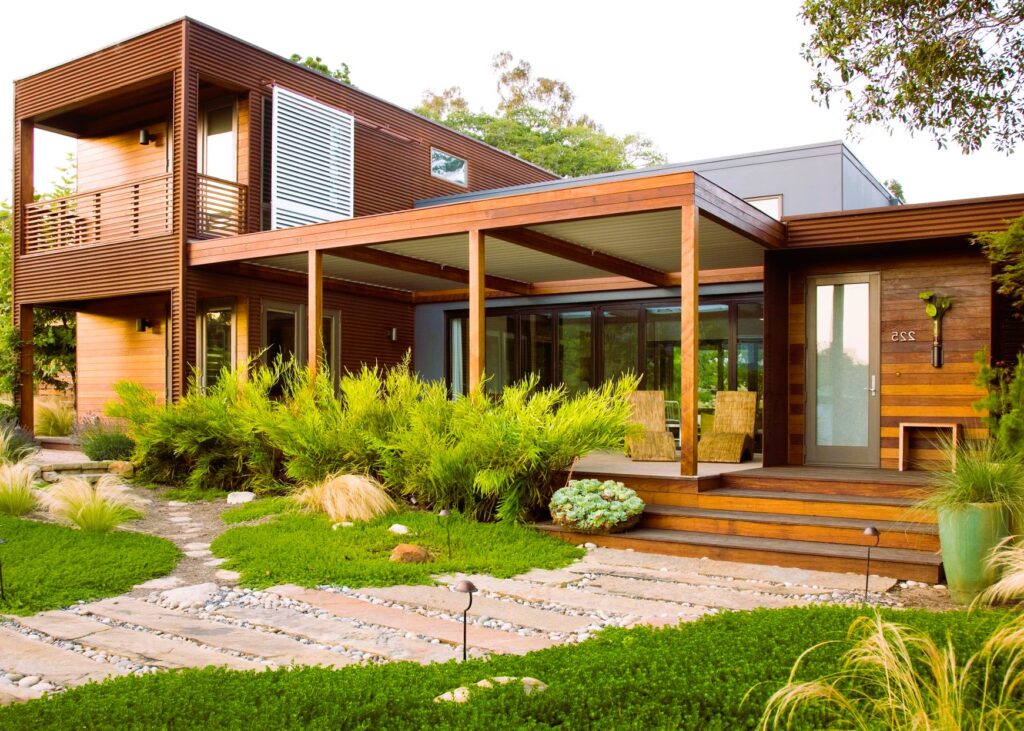As the world increasingly prioritizes environmental sustainability, eco-friendly design practices have become more important than ever before. Sustainable window materials play a vital role in eco-friendly building design, as windows are essential elements that impact a building’s energy efficiency, comfort, and environmental impact. In this article, we will explore the significance of sustainable window materials and their role in promoting eco-friendly design principles.
The Importance of Sustainable Window Materials:
Windows are more than just portals to the outside world; they are crucial components of a building’s envelope that can significantly impact its overall energy performance. Sustainable window materials are designed to reduce energy consumption, minimize waste, and decrease the building’s carbon footprint. As energy efficiency and environmental responsibility become top priorities in construction, architects, builders, and homeowners are turning to sustainable window materials to create greener and more energy-efficient buildings.

Characteristics of Sustainable Window Materials:
Sustainable window materials possess specific characteristics that make them environmentally friendly and energy-efficient:
- High Thermal Performance: Sustainable window materials are designed to have excellent thermal performance, effectively insulating the building from external temperatures. This minimizes heat loss during colder months and reduces heat gain during warmer months, leading to lower energy consumption and increased indoor comfort.
- Low Embodied Energy: Embodied energy refers to the total energy required to produce, transport, and install a window material. Sustainable window materials aim to have low embodied energy, meaning they consume fewer resources during their life cycle and have a smaller carbon footprint.
- Recyclability and Reusability: Sustainable window materials are often recyclable and can be repurposed or reused at the end of their life cycle. This reduces the amount of waste sent to landfills and conserves natural resources.
- Durability and Longevity: Sustainable window materials are built to be durable and long-lasting, requiring less frequent replacement. This extends the window’s life cycle and reduces the need for continuous manufacturing and installation. Double or triple glazing windows: which to choose for a cleaner home?
- Low Volatile Organic Compounds (VOCs): VOCs are harmful chemicals that can be emitted from certain window materials and negatively affect indoor air quality. Sustainable window materials aim to have low or zero VOC emissions, promoting a healthier living environment.
Examples of Sustainable Window Materials:
Several window materials align with the principles of sustainability and eco-friendly design. Some common examples include:
- Wood: Wood is a renewable resource and a classic choice for sustainable windows. When sourced responsibly from managed forests, wood windows have low embodied energy and can be recycled or repurposed at the end of their life.
- Fiberglass: Fiberglass windows are made from a combination of glass fibers and resin, making them highly durable and energy-efficient. They have a long lifespan and can be recycled, making them a sustainable choice.
- Vinyl: Vinyl windows have excellent thermal performance and are relatively low-cost compared to other materials. They can be recycled, contributing to their sustainability.
- Aluminum: Aluminum windows can be recycled indefinitely, making them a popular choice for sustainability-minded builders and homeowners.
Government Standards and Initiatives:

In Canada, the government and various organizations set standards and certifications to promote sustainable building practices and energy efficiency. The Canada.ca website serves as a valuable resource for understanding national standards and initiatives related to environmental conservation and sustainable building materials, including window materials.
Conclusion:
Sustainable window materials are a key factor in eco-friendly design, with their ability to reduce energy consumption, minimize waste, and lower a building’s carbon footprint. As architects, builders, and homeowners increasingly prioritize environmental sustainability, sustainable window materials are becoming the preferred choice for creating greener and more energy-efficient buildings. By incorporating high thermal performance, low embodied energy, recyclability, and durability, these materials contribute to a more sustainable and environmentally responsible future.

